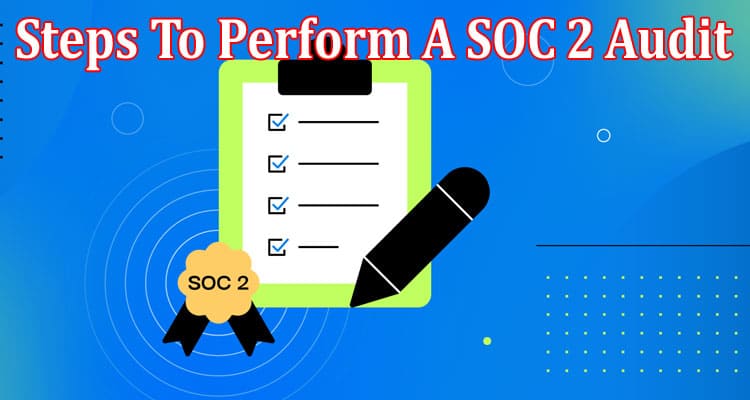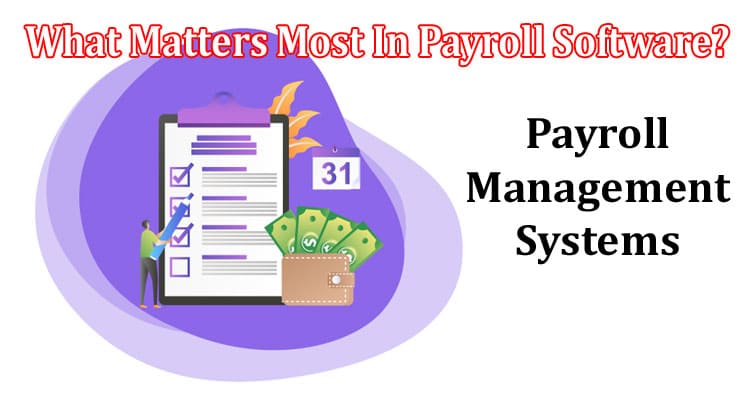Steps To Perform A SOC 2 Audit: A Comprehensive Checklist
Everything you need to know about SOC 2 Audit
These days the digital landscape is highly dynamic – technology is evolving increasingly. Even though the technological boost brings a whole pack of significant benefits, these come along with certain risks, too. People tend to be skeptical about new technology and their biggest concerns are associated with privacy & security issues, and this fear is reasonable. Technology keeps advancing but so do cybercriminals. They come up with more sophisticated methods to attack systems and access sensitive data. That is why, businesses of varying scales and from different industries have to ensure compliance with some regulations and standards like SOC 2. Haven’t you heard about it ever before? Don’t worry – we’ve got all the answers you must be looking for. Here you will find the basics of the compliance standard as well as the comprehensive SOC 2 checklist.
Before we move on to the step-by-step guide on how to carry out the SOC 2 audit, let’s first find out what it is and why you need it.
SOC 2 is a voluntary compliance standard for organizations offering some kind of service, developed by the American Institute of CPAs (AICPA). In the most general sense, it indicates how organizations should manage customers’ and prospects’ data. The latest wave of digital transformation has left no other way out for businesses but to transform workflows and introduce radical yet necessary changes. It also has brought the demand for cloud-hosted apps. This, however, has raised concerns related to data privacy and security. Storing data on the web is risky – the chances of sensitive data being accessed by hackers are high enough. According to an IBM report, the global average cost of a data breach in 2023 was $ 4.45 million, a 15% increase over 3 years. To avoid financial losses and reputation damage, it is essential to make sure there are no loopholes in cloud infrastructure. And here’s when the SOC 2 audit is needed. When handling sensitive data, especially private customer data, active measures to safeguard it must be taken. These involve spotting vulnerabilities and mitigating risks effectively.
SOC 2 is designed to assess a company’s internal controls over security, availability, processing integrity, confidentiality, and privacy – these are called Trust Services Criteria (TSC).
Once the audit is complete, you get the report that reflects the state at the time of issue of the report and for a certain period for which the audit was conducted, usually 1 year. each SOC 2 report varies in terms of the organization’s specific needs – it depends on unique business practices.
SOC 2 reports are generally divided into two main types:
- Type 1 evaluates the design and implementation of controls at a specific point in time. It assesses whether the controls are suitably designed to meet the relevant Trust Service Criteria.
- Type 2, in turn, goes further by evaluating the design and effectiveness of controls over a specified period. It assesses whether the controls were consistently operating effectively.
Why stay compliant
Does your business really need SOC 2 compliance? Aligning with the requirements proves your high level of information security. This way, your customers, business partners, and suppliers can be sure of their private data being managed responsibly. Apart from proving confidentiality, the SOC 2 audit report is what a service organization can provide as confirmation of compliance.
The following factors are assessed in the course of SOC 2 requirements compliance auditing:
- Infrastructure (physical, IT, and other hardware, including mobile devices)
- Software (applications and system software such as OS and utilities)
- People (all personnel involved in the organization’s operations)
- Processes (both automated and manual)
- Data (transfer streams, files, databases, tables, and source data used)
Who needs the SOC 2 audit
SOC 2 requirements compliance is now mandatory for all technology-based service organizations that handle sensitive client information stored on a cloud server.
To be more precise, we’ve compiled a general list of organizations that must require SOC 2 auditing. Take a closer look at it now:
- Companies providing services to other organizations that look forward to ensuring their existing or potential customers in the high quality of their internal processes.
- Outsourcing IT companies
- Clients of Internet services
- Clients of companies providing services in the healthcare sector
- Manufacturers of food, pharmaceutical, or high-tech products
- Banks and financial companies
SOC 2 auditing might seem quite a complex and resource-consuming process but at the end of the day, it turns out to be worth all the effort and investments. Your company will get such gains as
- Opportunity to stand out from competitors
- Identification of controls and their operation testing
- Designing more structured and controlled processes and systems;
- Entering new markets
SOC 2 can also play a crucial role in supplier management programs, internal corporate governance and risk management processes, and regulatory oversight.
Tips to prepare for the audit
Getting SOC 2 certified usually takes 6 to 12 months. The duration varies as per the type of report pursued.
You should always start with proper planning and preparation. Follow these tips so that you will get ready for the formal SOC 2 audit procedure:
- Find an experienced team to partner with. You will need both technical and non-technical roles. Look for a seasoned compliance lead, reliable IT and security team, legal team, proficient HR, and administrative personnel.
- The audit must not be a one-time activity but rather a baseline for meeting SOC 2 requirements and reinforcing them in the future.
- Invest in a cutting-edge security tech stack. A few general tools you will surely require include password manager, WAF, vulnerability scanner, and background check provider. However, this list may vary depending on the industry, etc.
SOC 2: Step-by-step checklist
It’s high time we got down right to the SOC 2 ultimated checklist. See what steps must be taken in order to confirm the compliance with the SOC 2 standards.
- Select the required report type.
- Determine the Trust Service Criteria (TSC) that are relevant to the specific type of business.
- Choose a compliance automation software tool to save time and reduce expenses.
- Take time for readiness assessment. At this point, you will get a clear vision of how much work you’ll need to do to pass your audit with flying color. This process involves reviewing the controls you have in place and points out those that need to be improved or implemented outright.
- Conduct gap remediation while considering new tools integration, workflow alteration, and preparing new control documentation.
- Set clear goals.
- Provide thorough audit scoping to better understand your environment, the information you are protecting, and any controls you have in place.
- Plan the audit and make up an Information Request List, or IRL. This corresponds to such standard requirements for a SOC 2 report like change management, computer operations – backup, information security, physical security, vendor management, risk assessment, and internal controls.
- Select, align, and install the controls to generate reports as per the TSC. Deploy the internal controls through policies and procedures that comply with the TSC criteria.
- Perform a formal SOC 2 audit. Needless to point out that hiring an auditor with vast experience in running audits for your business type is crucial. Now the pool of options is extensive so you need to take time to research potential partners, study their expertise and experience to make the right decision. UnderDefense is a holistic Security-as-a-Service platform that provides assistance at every step of the way. It has a proven track record of offering a comprehensive set of cybersecurity services and ensuring security and confidentiality of busines systems. Let’s make audits easy yet effective!
- The report is finally generated and here comes the next phase – ongoing mkonitoring and technical support. It’s crucial to continuously control the security related processes to spot vulnerabilities timely and solve issues early, before they get critical.
Endnotes
So is SOC 2 report necessary? Yes, it is! This SOC 2 full checklist is a must-have for service organizations that provide critical services to their customers. In such cases, certain mistakes can lead to data breaches of sensitive information, financial losses, reputation damage, and so on.
UnderDefense is a reliable partner to assist you with the SOC 2 audit performance and ensure your organization’s security & privacy.
Are you ready to scale up your security? Contact us and get backed by true experts!




